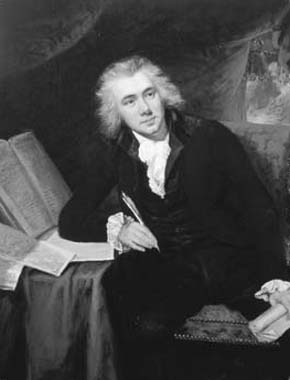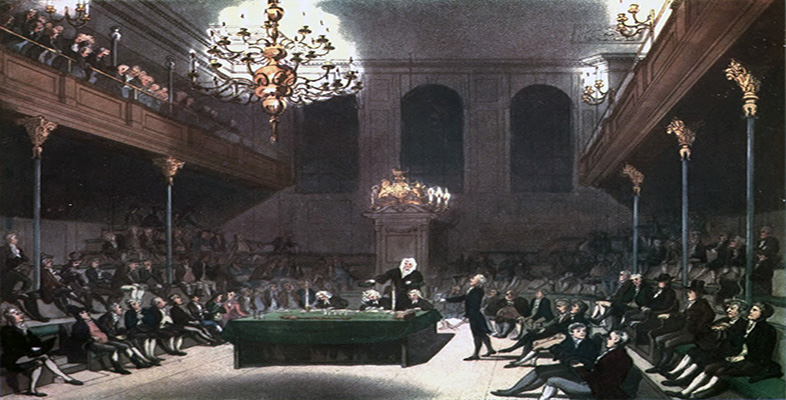1.2 Upbringing; MP for Yorkshire
William Wilberforce (Figure 1) was born in Hull, the son and grandson of substantial merchants who had made their fortune in trade between Yorkshire and the Baltic. His father died in 1768 and he subsequently went to live for a period with his uncle and aunt. Through them he was exposed not only to the influence of John Newton, but also to that of George Whitefield (1714–70), one of the major leaders of early Evangelicalism and of the Methodist movement. His mother sought to steer him towards a more conventional Christianity, and appeared successful in the short term. William graduated from Cambridge in 1780 as a sociable and ambitious young man, morally upright by the standards of the day, but without any signs of intense religious commitment. He had already decided that his future lay in politics rather than in the family business, and almost as soon as he was of age he was elected MP for Hull, in September 1780. In 1784 he became MP for the county of Yorkshire, an immense and populous constituency, which gave him an important power base.

Wilberforce came into Parliament at a time of considerable political turmoil. Eighteenth-century affiliations were fluid in comparison to the modern party system. The labels ‘Whig’ and ‘Tory’ had first emerged in the religious and constitutional conflicts of the late seventeenth century, but had changed their meaning during the course of the following century. Since the accession of George III in 1760 the Tories, who had been in the political wilderness for decades, had enjoyed a recovery, being favoured by the king, who saw them as a means to assert his own influence against the aristocratic Whig cliques who had previously dominated Parliament. In the early 1780s, however, the Whigs regained ground, benefiting politically from concern about a perceived growth in royal influence and military defeat in the War of American Independence (1775–83) for which the Tory government of Lord North was held responsible. The Whigs were, though, seriously weakened by their own factionalism, which made it impossible for them to form a stable administration after North's government fell in March 1782. Following two turbulent years the king appointed as prime minister the 24-year-old William Pitt, hitherto identified with the Whigs and supportive of reforms that would remove obvious corruptions and abuses, but willing to uphold the continued constitutional influence of the monarchy. Hence he came to be perceived as a Tory. Pitt was to remain prime minister until his death in 1806, apart from a short gap between 1801 and 1804. Wilberforce was a close friend of Pitt’s and his political position was a similarly broadly conservative one, committed to the essentials of the existing social order and constitutional structure, but keen to promote moderate reforms.
